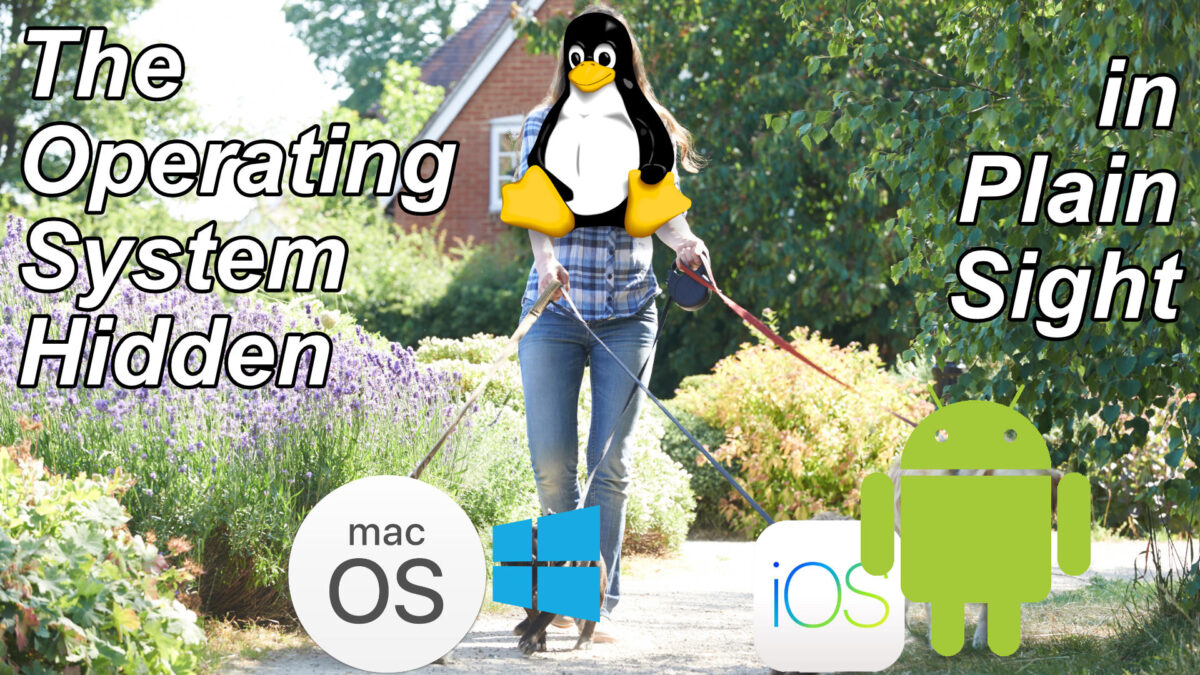You know of macOS and Windows, iOS and Android, but have you ever heard of Linux? If not, I guarantee you’re not the only one. For years the high powers have tried to hide it. But today, Linux is calling the shots.
Before getting any further, we need to look at what an operating system, or OS, is. An operating system is responsible for uniting the hardware and software on your computer and gives you access and control over everything, an example being macOS.
When shopping for computers, it will come with either Windows or macOS when looking at mobile devices, it’s either Android or iOS. What if I told you there was another option? One hidden in the background, calling the shots at each of these big-name companies? Its name is Linux.

Linux is an operating system developed by Linus Torvals in 1994 and has continued development as an open-source project under the Linux Foundation. Linux was built like UNIX, an OS developed by AT&T in the 70s, more on that later.
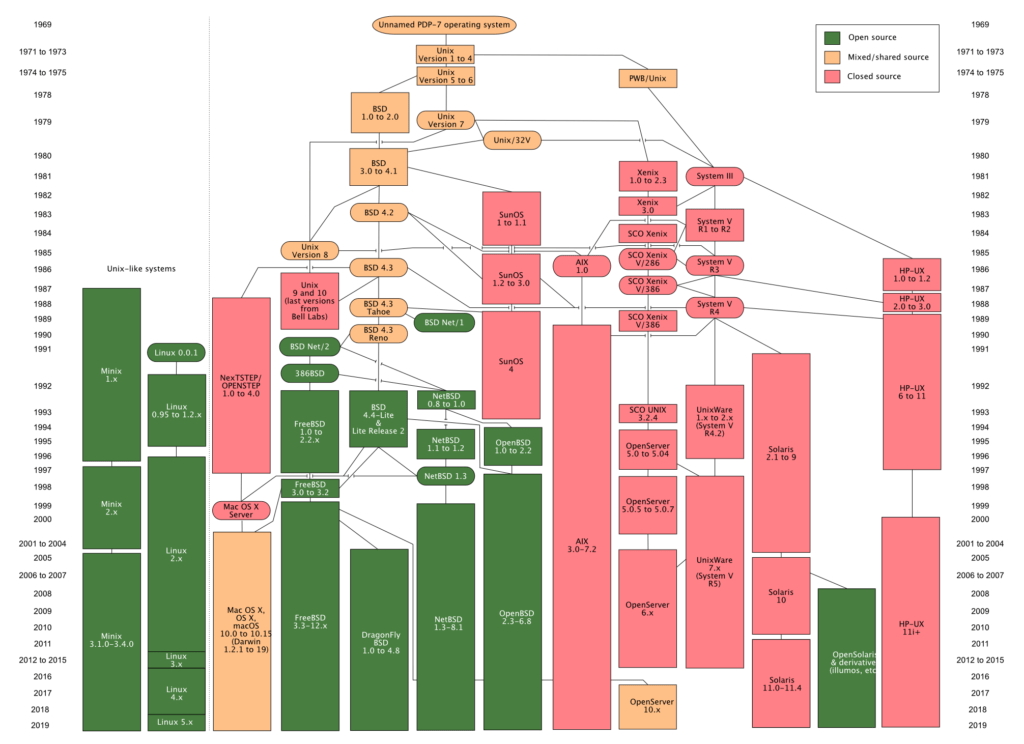
Before continuing, it’s important to note how open source projects work so, here is an example. You have developed a program, say a basic text editor, you can only enter plain old text, no formatting. You release your app as an open-source project where anyone can go online and download the code you wrote to make the app. I download your app, and I love everything about it, except for the fact I can’t underline text. So I download the code you wrote and add the underline feature. I liked the result, so I’m going to send it back to you. You can decide if you want to add the feature to your app or discard it. Now imagine this on the grand scale, millions of independent developers around the world, working together to improve the apps they use daily. That’s open source.
Now back to Linux, and it’s time for me to be honest, there is no such thing as LinuxOS. Linux is the name of the kernel. I don’t want to get too technical, but essentially it’s the software that allows the apps to communicate with the hardware. Since the Linux kernel is open source, people and companies have been able to download it and adapt it to their needs. This openness is what has allowed Linux to flourish today.
If you want to give Linux a try on your home computer, you have multiple distributions to choose from. Each one is developed to serve a specific need or style.
Keeping in mind the way open-source software works, here is how it translates to Linux operating systems. The Linux Foundation makes the Linux kernel then people and companies will build a desktop environment that runs on top of the kernel. The desktop environment makes computers more accessible by giving users access to a keyboard and mouse, easily open folders and files, browse the web, and more. The Linux OSs at the top of the pyramid includes Debian, Slackware, and RedHat. From there smaller developers can take those OSs and mend them to their needs without as much work. For instance, a Linux developer is a Hannah Montana fan. So, what does he do? He takes vanilla Ubuntu and gives it a Hanna Montana twist. This may sound completely made up but it’s a real option. Below is a link to a Computer Clan video where he gives Hannah Montana OS go.
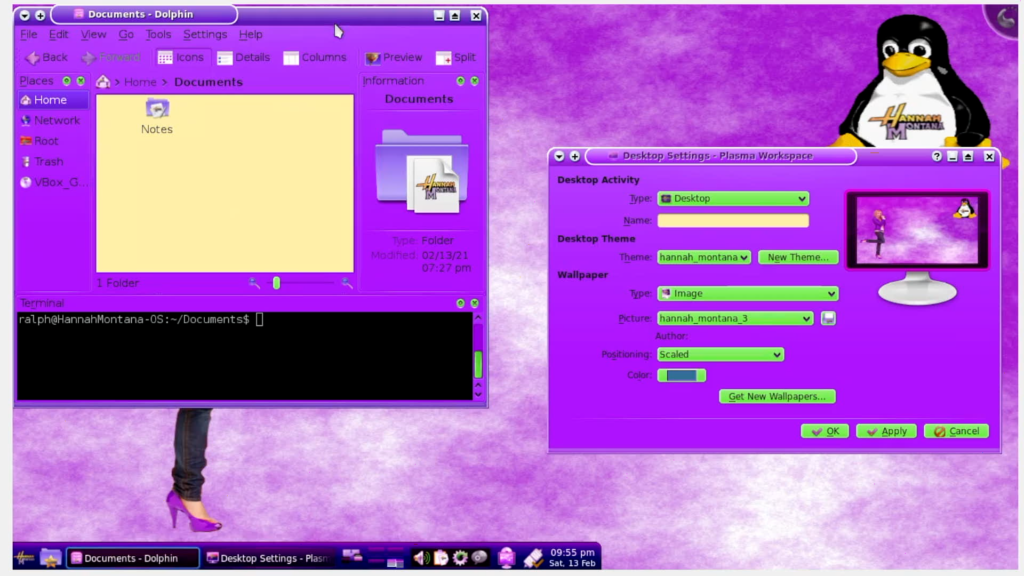
Getting back on topic, this freedom has allowed for the creation of a wide range of unique distributions to thrive. Here are a few more useful examples.
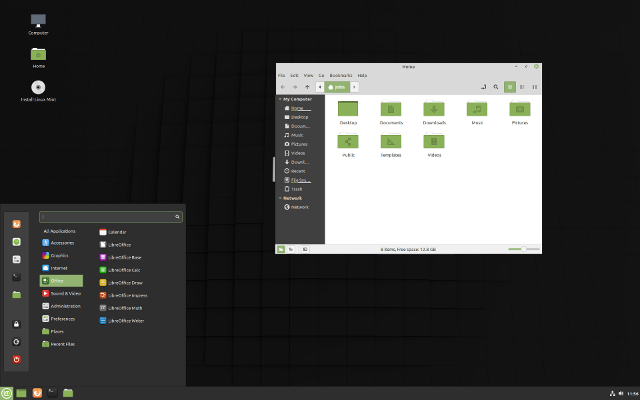
Linux Mint is built off of Debian and is my personal preference. It’s a lightweight OS that can breathe life back into your old aging machine.
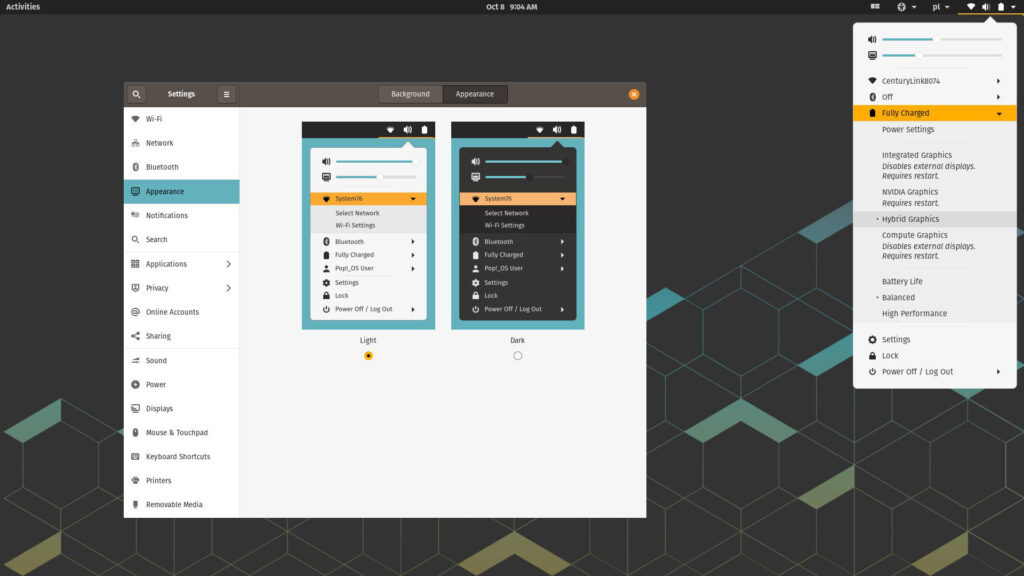
Pop!_OS, based on Ubuntu, was developed with gaming in mind. With Pop!_OS, you get preinstalled driver support for both Nvidia and AMD GPUs.
If you want to play with Linux, you have many options to choose from. If interested, I’d recommend checking out DistroWatch’s index of almost every Linux distribution out there. There is bound to be one to fit your needs.
If you’re not interested in tinkering with your computer, then it’s probably shipping with either Windows or macOS, both of which have roots to Linux.
Looking at macOS first, macOS is a direct descendent of UNIX. Does this sound familiar? It should, after all, it’s UNIX is the same style as Linux. On the surface, the two may look very different, but under the hood, they are very similar. In extension, Apple’s other operating systems including iOS, iPadOS, WatchOS, and tvOS, are all based on macOS, therefore they also use UNIX as a base.
Windows, on the other hand, doesn’t rely on Linux at all. However, it appears that Microsoft is turning their focus server-side since that’s where the money at. That being said, Linux is slowly sneaking its way into Windows. Right now, it’s mostly for programming, but I can see its power growing as Microsoft redirects its focus.
Moving on to the mobile space, here’s a little secret Android is Linux. Like with the desktop versions of Linux, you also have different distributions of Android. The vanilla version is created by Google, who owns the Android name. Then Android is passed to mobile phone makers, like Samsung, who adapt the software for their devices and brands. Since Android is so basic, it’s easy to port the OS to other devices like Android TV (now known as Google TV), WearOS, and a wide range of portable mobile devices.
Only companies that manufacture devices according to Google’s standards and pay Google a licensing fee can use the Android name and preinstall Google apps and services. For this reason, some companies opted out of using Google’s branding in favor of creating their own, an example being Amazon’s FireOS used on their Kindle devices.
Linux doesn’t stop there. Look around at your SmartTV, voice assistant, printer, smartwatch, game console, and more. Chances are it’s all based on Linux. Ever get on the internet? Almost every website is provided to you by a server running Linux and a bunch of open-source software.
No matter what piece of tech you’re on, chances are its roots can be traced back to Linux, even if the manufacturer tries to hide it. In the background of these big-name tech brands is an open-source foundation pulling the strings.
Links
Computer Basics:
Desktop Operating System
Mobile Operating System
- Wikipedia: iOS
- Apple iOS
- Wikipedia: tvOS
- Apple tvOS
- Wikipedia: iPadOS
- Apple iPadOS
- Wikipedia: watchOS
- Apple watchOS
- Wikipedia Android
- Android.com
More on Linux:
- Wikipedia: Linux
- Wikipedia: Linus Torvalds
- Linux.org
- Linux Foundation
- LifeWire: A Basic Guide to Linux for Beginners
- Wikipedia: History of Linux
- Wikipedia: Linux Kernel
- Linux Kernel
Linux Distributions
- Wikipedia: Linux Distribution
- DistroWatch
- Wikipedia: Linux Mint
- Linux Mint
- DistroWatch: Linux Mint
- POP!_OS
- DistroWatch: Pop!_OS
Subscribe: Apple Podcasts | Google Podcasts | Spotify | Amazon Music | Android | Pandora | Blubrry | Email | TuneIn | RSS | More

